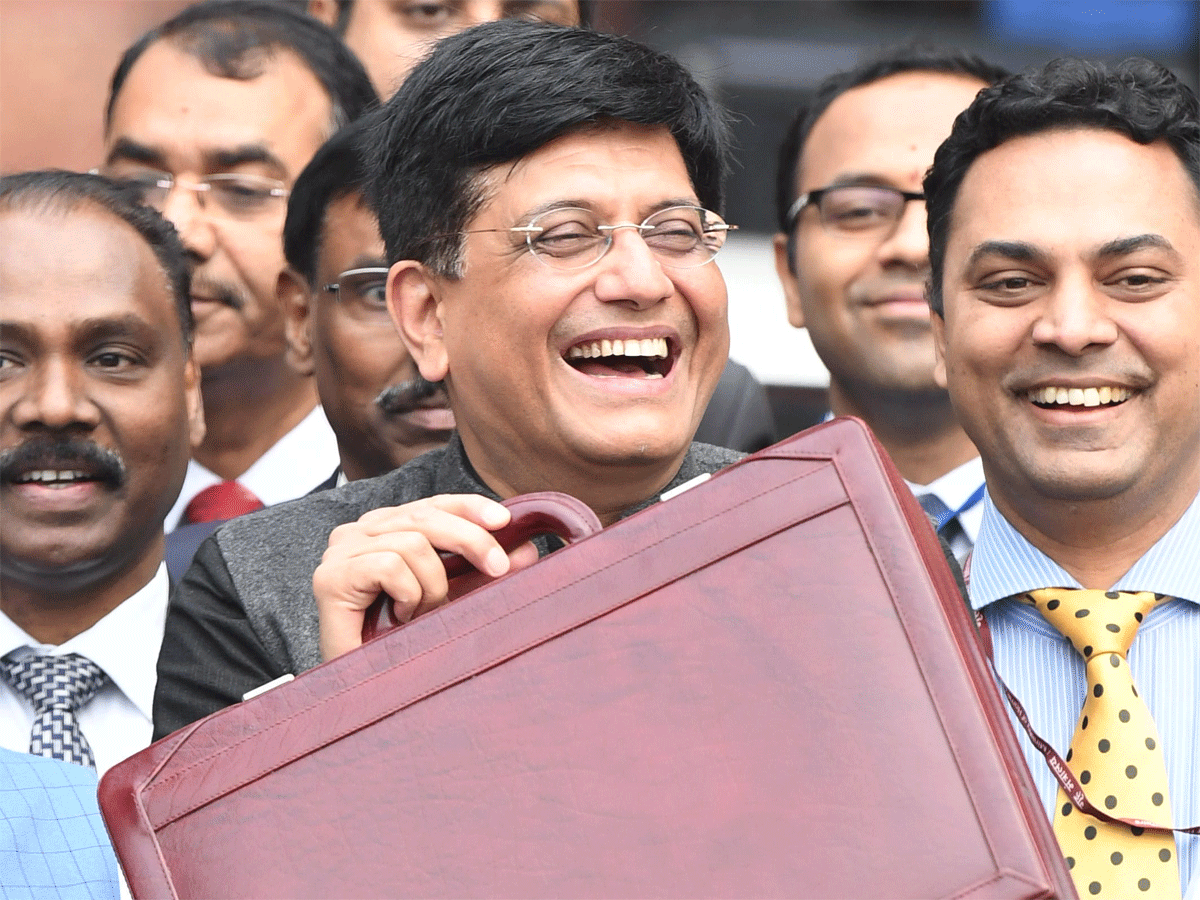INSUBCONTINENT EXCLUSIVE:
By Rashesh ShahIt is often said that a budget is not just a collection of numbers, but an expression of our values and aspirations.
The
interim budget for 2019-20 is impressive for its fine balance between short-term priorities and the long-term vision
There is something for all; small and marginal farmers, the middle-class tax payer, senior citizens, and unorganised rural workers have got
either their socio-economic problems addressed or something to cheer for.
More importantly, the interim budget displays the necessary
courage and dexterity to play within the rules of fiscal prudence, relying more on a revenue buoyancy in future than borrowing to meet the
In the same breath, the long-term vision outlined — as India’s goal to be a $5-trillion economy with an even growth in physical
infrastructure, digital opportunities and environment — is aspirational for all of us.
Given the limitation as an interim measure, the
budget has dealt the gripping issues with smarter solutions that have ramifications for many other areas
For example, in the real estate sector, the move to improve demand from the consumer side will partly come from a plethora of tax benefits
The hike in capital gains tax exemptions under Sec 54 — now available up to an amount of Rs 2 crore and on two houses or properties — is
a significant idea to rekindle the interest in housing.
Rural distress addressed: Rural distress has been peaking for some time now due to
uncertainty over livelihood
The Direct Income Support scheme (under which an amount of Rs 6,000 per annum is to be given for farmers with a cultivable land of up to 2
hectares) has hit the nail precisely on the head of the issue
It is not the large farmer who is in distress, but small and marginal ones who depend so much on so many factors to lead a normal life
Moreover, by committing funds upfront from the central pool, states are unlikely to resist.
Coupled with other proposals for the rural
economy such as the higher allocation for MNREGA for 2019-20 at Rs 60,000 crore, new department for animal husbandry, dairy and fisheries
industry, greater access to finance and easier interest rates must help rural employment scenario and income levels
If these measures kick in in right earnest, one may expect a boost to the overall consumption levels in sectors such as FMCG, auto, telecom,
consumer goods and even housing.
A significant part of the rural distress comes from labourers in the unorganised sector and the mega
pension plan which hands out Rs 3,000 per month to each pension was something long due
If one could see the larger picture, this fits well with the implementation of the Ayushman Bharat, Jan Dhan and other financial inclusion
steps, and life insurance schemes — intended as a total social safety net for millions of workers in the informal sector.
Middle-class to
first class: Middleclass tax payers have been longing for some support to manage their lifestyle and larger goals in life
Through a flurry of steps including the full tax rebates to individuals having an annual taxable income of up to Rs 5 lakh (in effect, it
frees even those who have incomes upto Rs 8-9 lakhs if they invest in tax saving schemes), the budget has tried to induce higher
consumption, investment and savings — all in one go
At the same time, the government gives us an impression that the fears over the fiscal gap target for FY20 to 3.4 per cent of the GDP are
disproportionate.
Besides the growing GST collections, broadening income tax base and collection and the expected consumption driven boost
to disposable incomes, it may have other wands like natural resource auctions, disinvestment and even higher dividends from state-owned
Given the high GDP growth of 7 per cent plus, benefits are bound to accrue, it seems to believe.
A Budget for future: An equally impressive
element was the roadmap for future that included clear guidelines and specific milestones
The critical dimensions — social, economical, developmental and environmental aspects — are certain to help India achieve the target of
becoming a $10-trillion economy by 2030
The mega blocks — Ayushman Bharat, Make in India, Digital India, Clean India and Green India — are already in place to build the super
power India.
(Author is chairman, Edelweiss Group)

